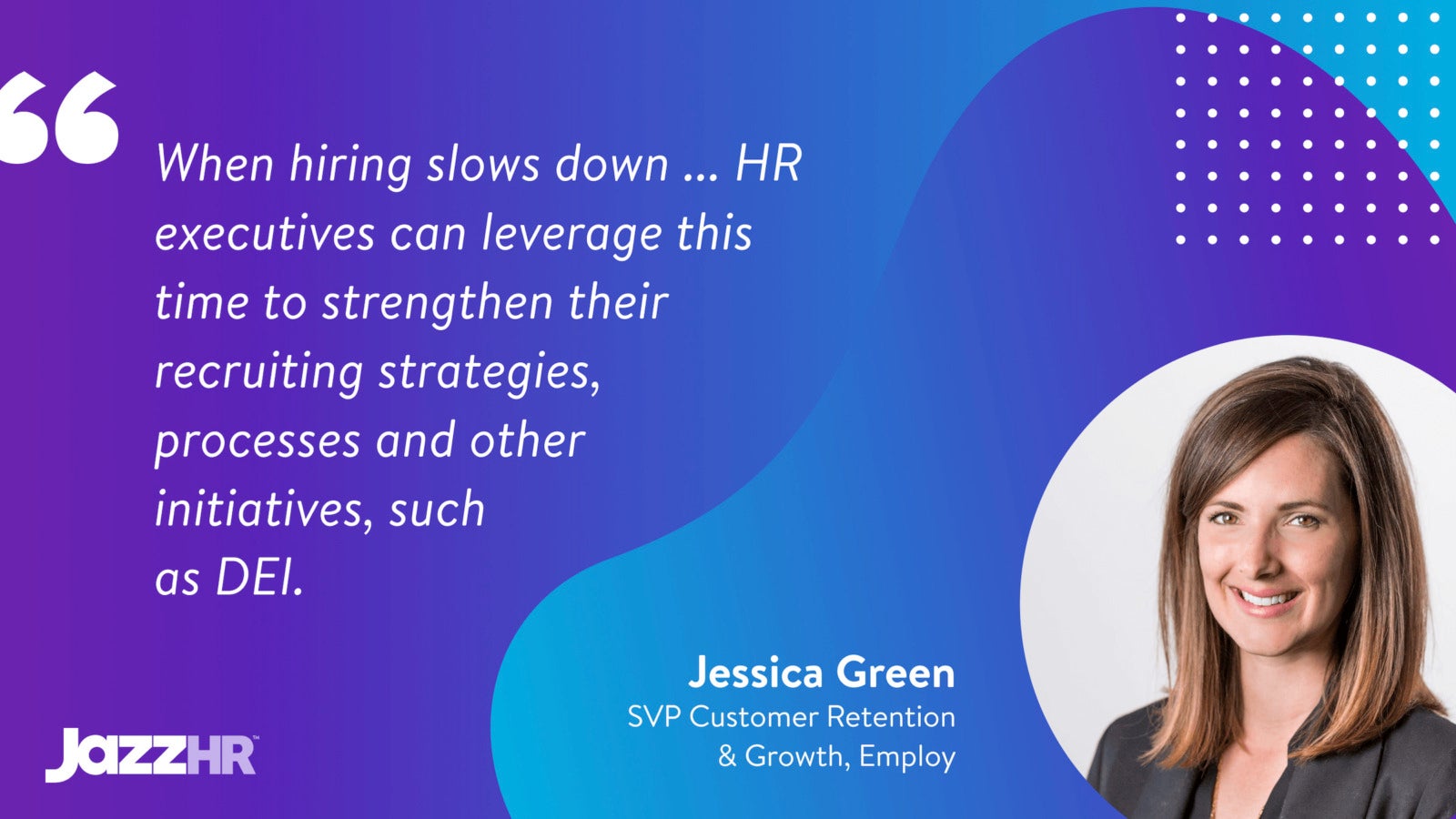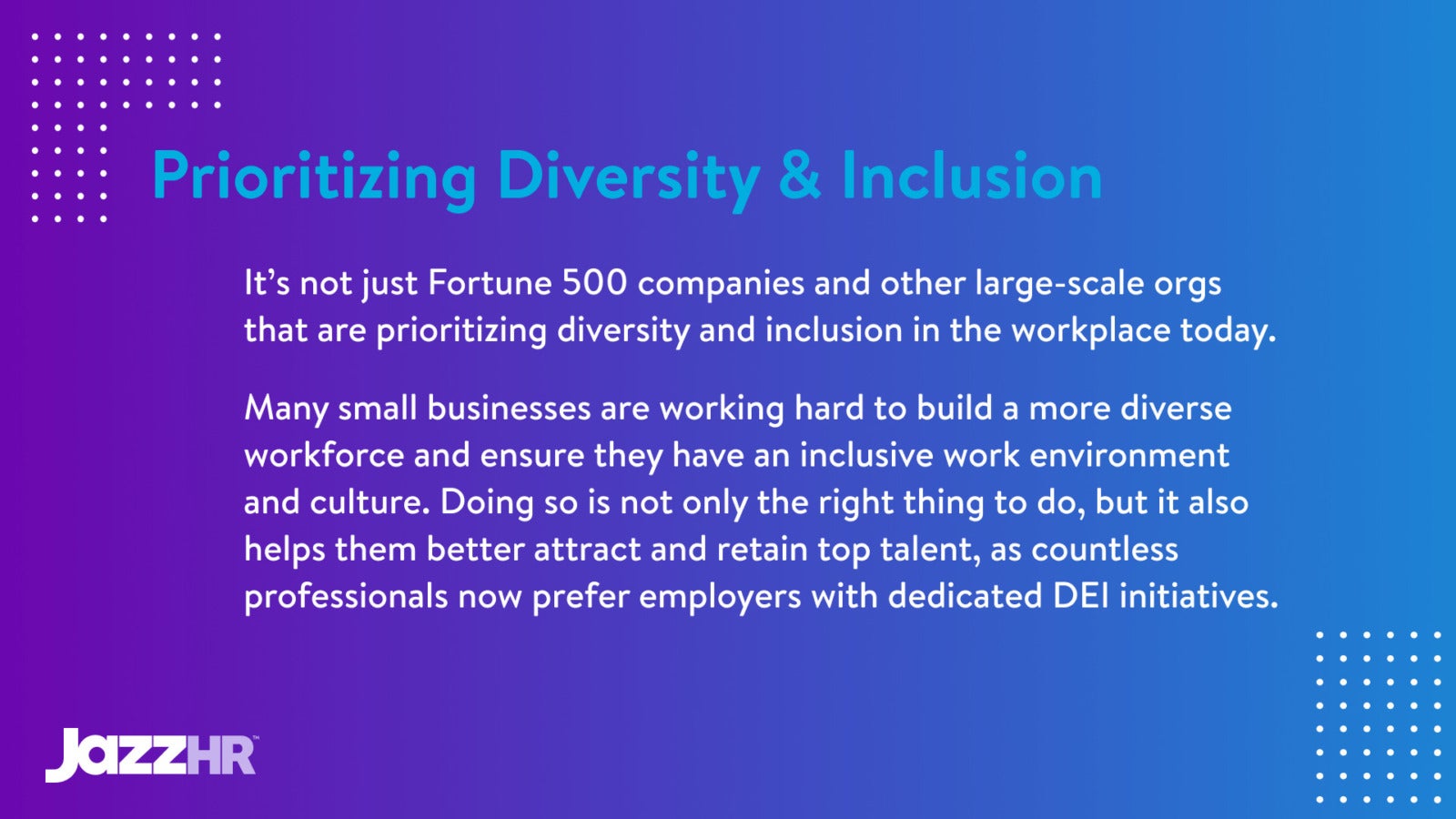Guest blog by our partners at RemoteWoman
We still have major gaps in the workplace for women and professionals of color today. Recent movements like #MeToo and #BlackLivesMatter have captured the much-needed attention of the world.
- However, it is up to the gatekeepers (CEOs, executives, hiring managers, and recruiters) to implement long-term initiatives that ensure our offices reflect our progressive society.
That means these leaders must ensure your organization implements more inclusive hiring processes for all candidates — including and especially those in underrepresented groups.
Only when these stakeholders prioritize enhancements to your recruiting processes can your business realize a more inclusive culture that “levels the playing field” for all employees.
How to build a more inclusive hiring process
Reach out to diverse candidates
A lot of companies grow their organizations through internal referrals – i.e. asking existing employees to refer people they’ve worked or can vouch for. For hiring teams, it can be easier than making the effort to proactively reach out and find candidates. However, this process tends to benefit some and disproportionately hurts women and professionals of color.
This is particularly true in the technology industry where many initial executives and employees skew towards being straight white men. And, to be blunt, most white men know other white men. This isn’t a judgment — it’s simply the truth.
- Given this, we recommend you make efforts to build a pipeline of diverse candidates into your recruiting funnel. That way, your hiring managers actually are screening and interviewing candidates from diverse backgrounds.
The best way to build a diverse pipeline is to either reach out to candidates on Linkedin or post your jobs to job boards focused on diverse backgrounds. Platforms like RemoteWoman, RemotePOC, PowerToFly, and JopWell can help you reach large audiences.
Craft inclusive job descriptions
Some companies still have words like ‘ninja’, ‘guru’, ‘double agent’ and other masculine terms in their job title. I’ll put it bluntly—it’s time to stop this immediately. However, this is just the tip of the iceberg. Everything from job titles, summary descriptions, qualification requirements, masculine verbiage and more can turn off potential applicants.
- If you aren’t thinking about the words you’re using to market your jobs, you’re behind the ball. If you’re struggling to standardize your language, tools like Textio may be able to help.
One giant problem is that, while men apply for a job when they meet only 60% of the qualifications, women will apply only when they meet 100% of them. This Harvard study showed that women can have the same qualifications, but under-apply at a much higher rate. Companies looking to attract more women can start to access how they think about requirements.
For example, instead of listing all qualifications, you can have a section called “minimum qualifications” and one called “nice-to-haves.” Or, simply just describe what the job entails and encourage everyone to apply. Many companies will include language specifically stating that they welcome candidates to apply even if they’re unsure whether they fit all criteria.
Create a blind hiring process
It turns out that we all have unconscious biases when hiring. In a blind hiring process, the idea is to remove identifiable characteristics from a resume that are unrelated to job or experience needed for success (gender, race, education level, age, etc.).
This has been advocated for over 50 years and is an attempt to increase diversity through bias reduction. Blind hiring helps us ignore some of the initial preconceived notions and pushes us to focus on the applicant’s specific qualifications and skills.
- Tools like Pinpoint and Blendoor are just a few you can leverage to remove demographic information from resumes, anonymize applications and hire more diverse applicants. If you don’t have the budget, there are always workarounds.
Some HR professionals will export their candidate information into Google sheets and hide certain columns that included their name. As well, you could have pre-screen questions or challenges that candidates must complete before reviewing their resume. This allows you to read their responses without demographic information.
Actually have an inclusive workplace
Some companies just talk about diversity, inclusion, and belonging. It’s another thing to make the change internally and have it permeate the office. At the same time, it’s a long road that will take time, internal commitment, real investment, and executive buy-in.
Successful companies have built internal committees with passionate employees and created systems to have them provide transparent and actionable feedback on ways to improve the organization.
- I suggest leaning more towards transparency and clarity from executives on handling any sensitive issues that may pop up. There needs to be accountability for bad actions, clarity on decision making, and commitment across departments and teams.
Ultimately, if the company is not taking diversity, equity, and inclusion (DEI) seriously, word will spread internally and you’ll see more diverse attrition (and a worsening employer brand). And, once it gets out, this negative press will keep qualified applicants, including those from diverse groups. from accepting job offers.
Inclusive hiring practices aren’t established overnight. They take time to ideate and implement. But, once your org does have them in place, you’ll not only realize a more diverse workforce, but also one that’s accepting of and empowers women and professionals of color, in particular.






